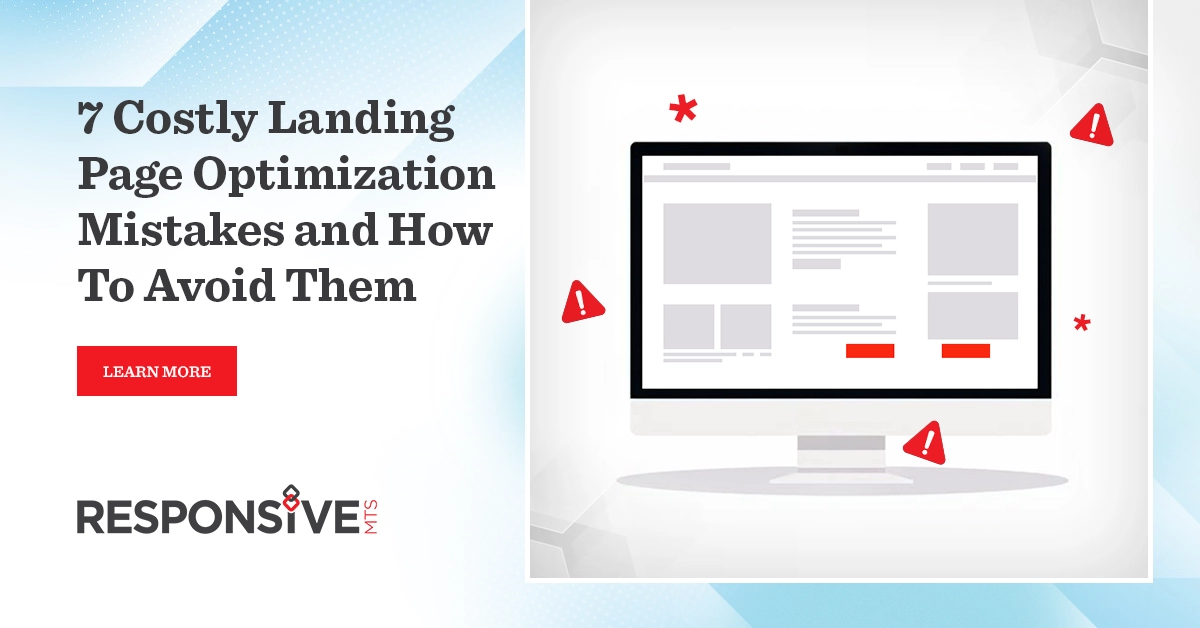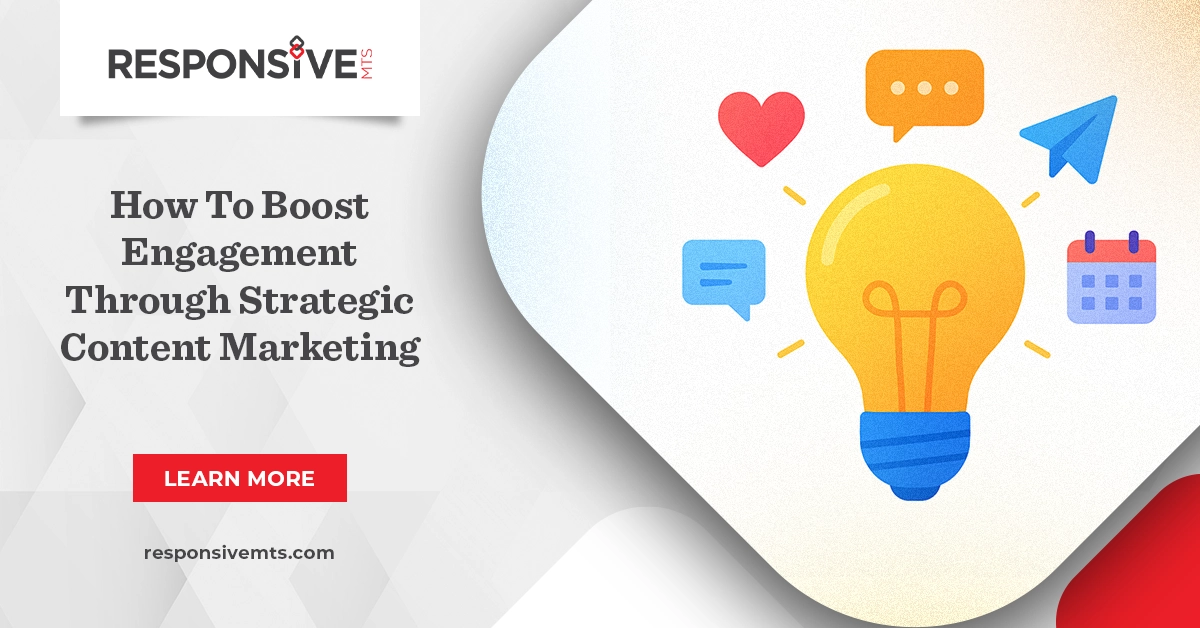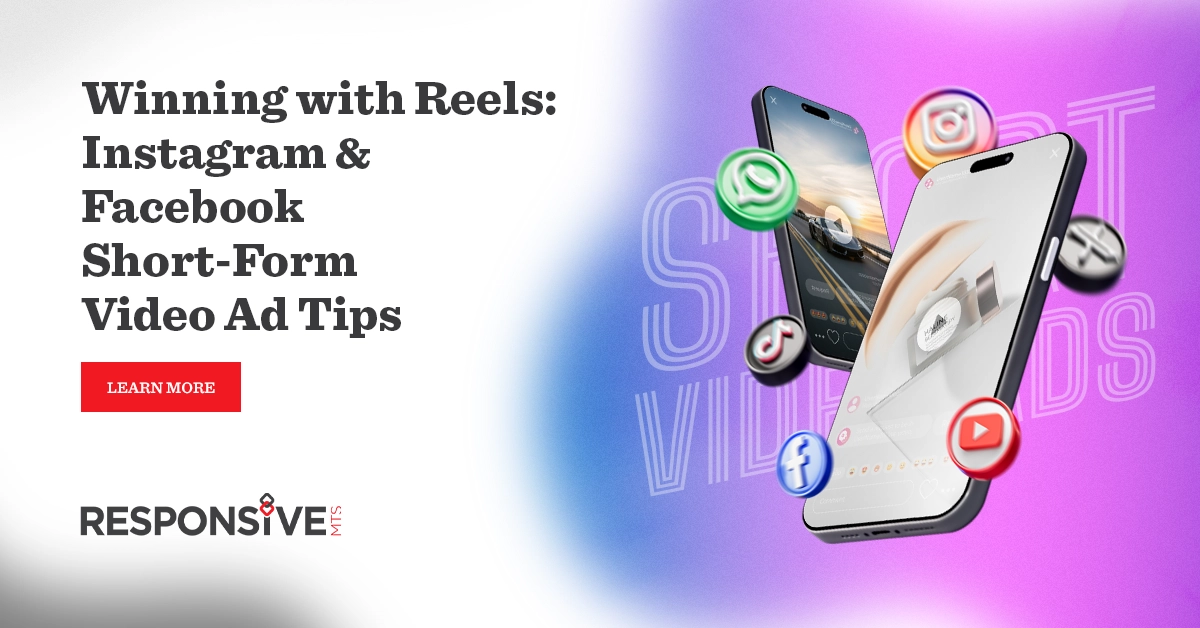Pinterest Ads might feel like the quiet kid in the back of the classroom while everyone else is paying attention to the loud, flashy students like Facebook and Google. However, this understated platform has been quietly building an empire that marketers are finally starting to take notice of. Think of Pinterest as a treasure chest that’s been sitting in plain sight, waiting for smart advertisers to discover its golden opportunities.
Most business owners treat Pinterest like a forgotten stepchild in their marketing family. Meanwhile, savvy marketers who have embraced this visual wonderland are laughing all the way to the bank. In fact, Pinterest users have a purchasing power that would make other social media platforms green with envy.
What Makes Pinterest Ads Different from Other Platforms?
Pinterest operates like a digital mood board rather than a traditional social network. When someone opens Instagram or Facebook, they’re usually looking to connect with friends or scroll through entertainment. However, when users open Pinterest, they’re actively hunting for inspiration, solutions, and products to buy.
This fundamental difference creates a shopping mindset that’s pure gold for advertisers. Furthermore, Pinterest users are planners by nature. They’re not just browsing for fun they’re collecting ideas for future purchases, home projects, wedding plans, or lifestyle changes.
The platform’s visual-first approach means your Pinterest Ads don’t feel like intrusive interruptions. Instead, they blend seamlessly into the user’s discovery journey. It’s like having a helpful friend recommend products while they’re already in shopping mode.
Pinterest users exhibit unique behaviors that make them advertisers dream customers. For example, they save content for later reference, which means your ad can influence purchase decisions weeks or even months after they first see it. Additionally, Pinterest users are highly engaged with visual content, spending more time examining images and reading descriptions compared to users on other platforms.
Why Pinterest Ads Are Perfect for Certain Business Types
Not every business will find Pinterest to be their promised land, but certain industries absolutely thrive on this platform. E-commerce businesses, particularly those selling home decor, fashion, food, beauty products, and DIY supplies, often discover that Pinterest becomes their most profitable advertising channel.
Service-based businesses that can showcase their work visually also perform exceptionally well. Wedding planners, interior designers, photographers, and fitness coaches often find that Pinterest Ads deliver higher-quality leads than traditional advertising methods.
The key lies in understanding that Pinterest users are actively seeking solutions. When someone searches for “small apartment decorating ideas” on Pinterest, they’re not just browsing – they’re planning to make purchases. This intent-driven behavior makes Pinterest advertising incredibly effective for businesses that align with users’ planning and purchasing journeys.
Unlike other social platforms where content disappears quickly, Pinterest content has incredible staying power. A well-crafted pin can continue driving traffic and conversions for months or even years after publication. Moreover, Pinterest’s search functionality means your content can be discovered organically even after your paid campaign concludes.
Setting Up Your First Pinterest Ads Campaign
Getting started with Pinterest Ads feels less overwhelming than navigating other advertising platforms. The interface is clean, intuitive, and designed with user experience in mind. However, success requires strategic thinking rather than just pretty pictures.
First, you’ll need to convert your personal Pinterest account to a business account or create a new business profile. This step unlocks advertising features and provides access to Pinterest Analytics. Next, you’ll install the Pinterest tag on your website to track user behavior and enable retargeting campaigns.
Pinterest offers several campaign objectives that align with different business goals. Awareness campaigns work well for introducing new products, while traffic campaigns drive users to your website. Conversion campaigns focus on specific actions like purchases, and catalog campaigns automatically create ads from your product feed for e-commerce businesses.
Creating High-Converting Pinterest Ad Creative
Your ad creative makes or breaks your Pinterest advertising success. The platform rewards high-quality, visually appealing content that provides genuine value to users. However, creating effective Pinterest ads requires understanding the platform’s unique aesthetic and user expectations.
Vertical images perform significantly better than horizontal ones on Pinterest. The platform’s layout favors tall, narrow images that take up more screen real estate and catch users’ attention as they scroll through their feeds.
Your images should tell a story or solve a problem. Instead of just showing your product, demonstrate how it fits into your customer’s lifestyle. For example, instead of simply displaying a coffee mug, show someone enjoying their morning routine with that mug in a beautifully styled kitchen setting.
Adding text overlays to your Pinterest Ads can dramatically improve performance. Users often scroll quickly through their feeds, and text overlays help communicate your message even during rapid scrolling. However, keep text concise and easy to read on mobile devices, ensuring it complements rather than competes with your image.
Targeting Options That Actually Work
Pinterest’s targeting capabilities have evolved significantly over the years. The platform now offers sophisticated targeting options that help you reach users who are most likely to engage with your content and make purchases.
Interest targeting allows you to reach users based on their Pinterest activity and the topics they engage with most. This targeting method works particularly well because Pinterest users actively curate their interests through their pinning behavior.
Keyword targeting leverages Pinterest’s search functionality to show your ads to users searching for specific terms. This approach captures users with high commercial intent who are actively looking for products or solutions like yours.
Furthermore, audience targeting lets you create custom audiences based on website visitors, email subscribers, or lookalike audiences similar to your best customers. Combining multiple targeting methods often produces the best results, helping you narrow your audience to highly qualified prospects.
Measuring Success: Pinterest Ads Analytics
Understanding your Pinterest Ads performance requires diving deeper than surface-level metrics. While clicks and impressions provide basic insights, the real value lies in understanding how Pinterest traffic behaves on your website and converts into actual business results.
Pinterest Analytics provides detailed insights into pin performance, audience demographics, and engagement patterns. However, connecting this data to your business goals requires setting up proper conversion tracking. The platform’s attribution window extends to 30 days, recognizing that Pinterest users often save content and return to make purchases later.
Focus on tracking cost per acquisition, return on ad spend, and lifetime customer value from Pinterest traffic. Additionally, monitor save rates and engagement rates on your organic content, as high engagement often indicates content that will perform well in paid campaigns.
Common Pinterest Ads Mistakes to Avoid
Many advertisers stumble into common pitfalls that waste budget and limit results. Over-promotional content performs poorly on Pinterest because users come to the platform for inspiration and ideas, not aggressive sales pitches. Your ads should provide value and inspiration while subtly introducing your products or services.

Ignoring seasonal trends represents a massive missed opportunity. Pinterest users are forward-thinking planners who search for holiday content months in advance. Furthermore, neglecting mobile optimization hurts campaign performance since most Pinterest users access the platform through mobile devices.
Many advertisers also spread their budget too thin across multiple campaigns instead of focusing resources on what works. Start with a concentrated approach, identify your best-performing campaigns, and then scale successful strategies rather than diversifying prematurely.
The Future of Pinterest Advertising
Pinterest Ads continue evolving with new features and capabilities that enhance advertiser success. The platform has been investing heavily in artificial intelligence and machine learning to improve ad targeting and performance optimization.
Shopping features are becoming more sophisticated, with enhanced product discovery tools and streamlined purchasing processes. Moreover, video content is gaining traction on Pinterest, offering new creative opportunities for advertisers who showcase products in action or provide quick tutorials.
Ready to grow smarter? Let’s craft campaigns your audience can’t ignore. Contact Responsive MTS today.
Frequently Asked Questions
Start with a minimum daily budget of $10-20 per campaign to give Pinterest’s algorithm enough data to optimize effectively. Most successful advertisers typically start with a monthly budget of $300-$ 500.
Visual businesses like fashion, home decor, food, beauty, DIY, and lifestyle brands typically see the strongest results. However, any business that can create inspiring visual content can succeed.
Pinterest campaigns typically require 2-4 weeks to optimize fully. However, you may see initial traffic within 24-48 hours.
Yes, especially B2B companies in creative industries like marketing agencies, design firms, or businesses targeting entrepreneurs and small business owners.
Pinterest Ads often have lower competition and costs in certain niches, and many advertisers find Pinterest provides better quality traffic and higher conversion rates.




